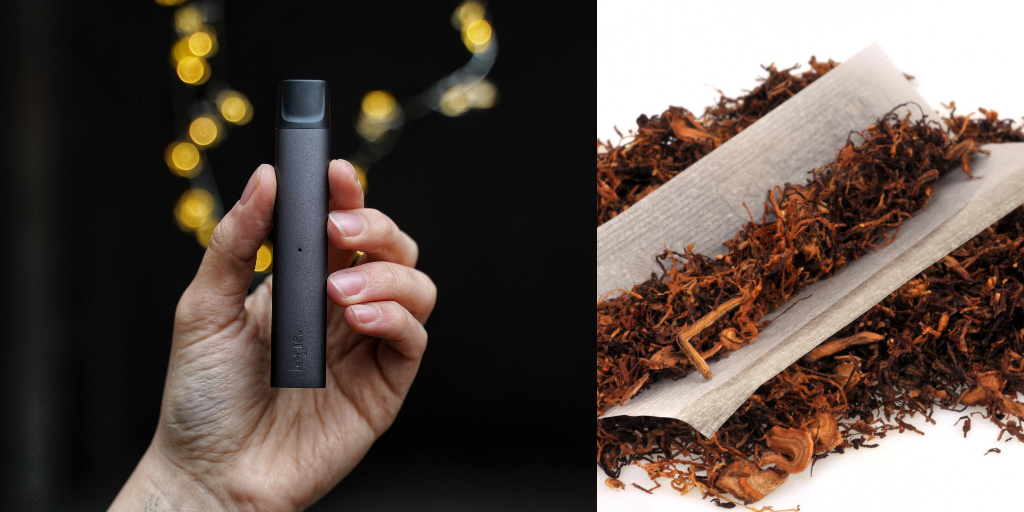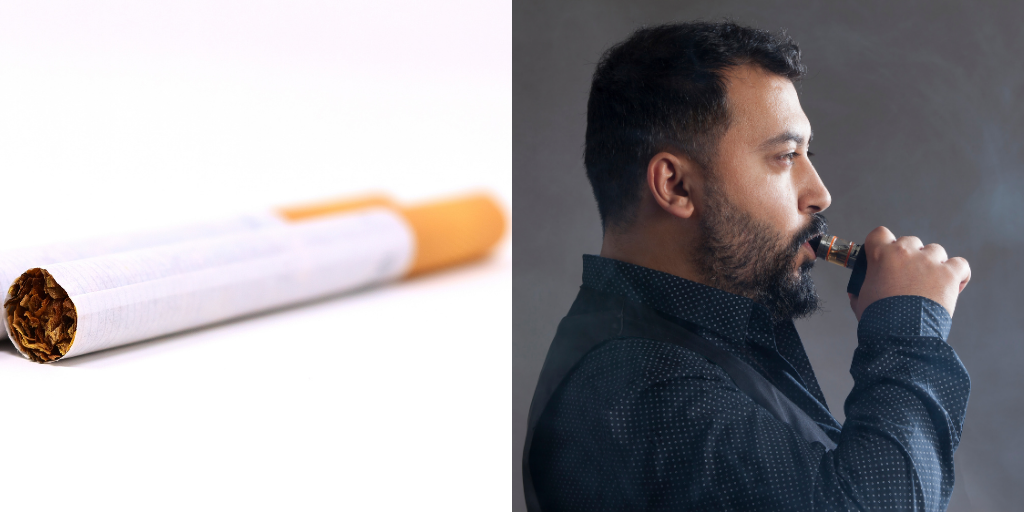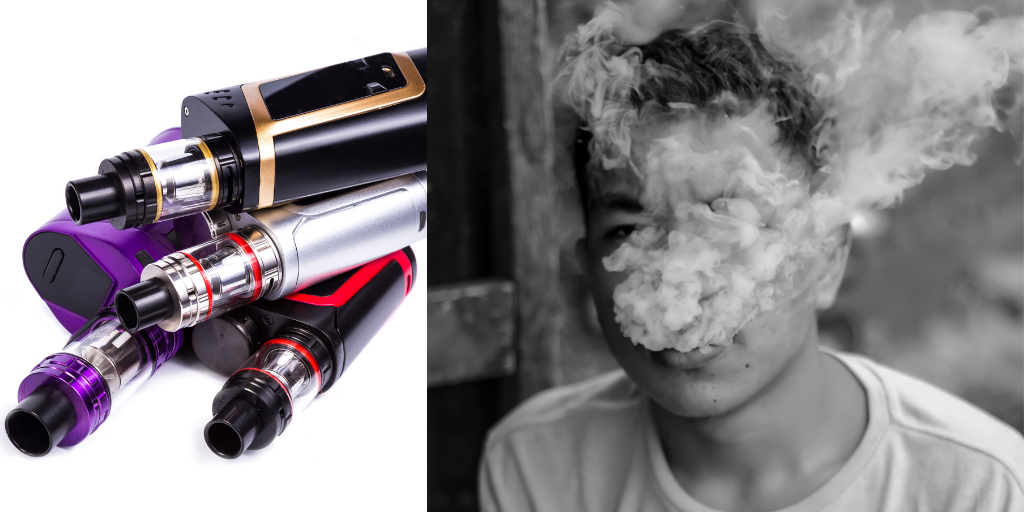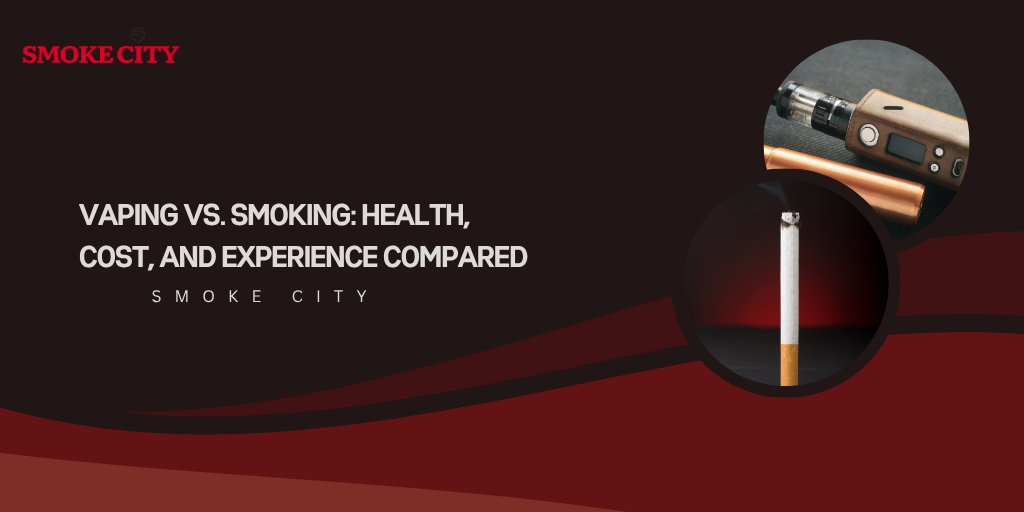Choosing between vaping and smoking comes down to three things: health, cost, and experience. This expert-backed guide from Smoke City reveals the facts behind each so you can decide what fits your lifestyle best—without confusion, myths, or pressure. Clear, professional, and easy to understand.
When it comes to vaping vs. smoking, millions of adults are asking the same question: Which one is better for health, more affordable, and gives a better overall experience?
This guide from Smoke City breaks it all down clearly and professionally—without bias—so you can make an informed choice.
Health: What Your Body Actually Takes In
The biggest difference between vaping and smoking lies in how each product delivers nicotine.
Smoking involves burning tobacco, which produces smoke filled with thousands of harmful chemicals and toxins—many of which are linked to cancer, heart disease, and lung damage.
Vaping, on the other hand, heats a liquid (e-liquid or vape juice) to create an aerosol, commonly known as vapor. This means there’s no combustion, and therefore fewer harmful compounds. However, fewer doesn’t mean none. Vaping may expose users to lower levels of toxins, but it’s not completely risk-free.
Nicotine: The Common Denominator

Both smoking and vaping deliver nicotine, the addictive substance that stimulates the brain and creates dependency. While vaping may contain lower concentrations of harmful chemicals, it can still provide similar levels of nicotine—especially with stronger e-liquids or advanced devices.
This means the addiction potential remains, even if you avoid the tar and carbon monoxide present in cigarettes.
Secondhand Effects
Cigarette smoke is proven to harm those nearby through secondhand smoke exposure, leading to respiratory problems and long-term health issues. Vaping produces aerosol rather than smoke, which generally contains fewer toxins, but still isn’t harmless. Studies suggest that being around vapor can cause mild irritation or respiratory discomfort in sensitive individuals.
At Smoke City, we always recommend understanding the risks of both habits. If your ultimate goal is to improve your health, the safest option is to gradually reduce and ultimately quit nicotine altogether.
Cost: What You’ll Likely Spend
Price is another major factor in the vaping vs. smoking debate. While cigarettes seem cheaper upfront, they add up quickly due to high taxation and daily consumption.
Let’s break it down:
- Cigarettes: The average smoker spends significantly more per month because they must continually buy packs. In many regions, taxes and price hikes make smoking one of the most expensive habits to maintain.
- Vapes: A vape device is a one-time purchase, followed by ongoing expenses for e-liquid and coils. Most vapers find their monthly costs are 30–50% lower than what they spent on cigarettes.
However, your actual cost depends on usage and preferences. Heavy vapers using high-wattage devices might spend more on e-liquid, while light users can go weeks before refilling.
Smoke City Tip: Track your spending for three months. Compare how much you spend on cigarettes vs. vaping supplies. You’ll often find that vaping, when managed wisely, becomes a more cost-effective option in the long term.
Experience: The Feel, Flavor, and Routine

The “experience” is where vaping and smoking differ the most, and it often determines which habit people stick with.
Throat Hit and Ritual
Many smokers enjoy the ritual of lighting a cigarette and the immediate “throat hit” it provides. Vaping can closely mimic that sensation, but the intensity depends on the device, nicotine strength, and vapor production. Some find it even smoother and more customizable than smoking.
Flavor Variety
One of vaping’s biggest appeals is flavor diversity. From tobacco and menthol to fruity and dessert-style options, there’s something for every taste. This variety can help smokers transition away from cigarettes more comfortably by offering satisfying alternatives.
Convenience and Odor
Vaping wins in convenience and social comfort. It produces less lingering odor, doesn’t stain teeth or fingers, and is often allowed in more settings than smoking. However, it’s still important to follow local regulations—many workplaces and public areas restrict both smoking and vaping.
Learning Curve
Unlike cigarettes, vaping comes with a learning phase: choosing a device, refilling e-liquids, adjusting airflow, and understanding coil maintenance. Once mastered, it provides a tailored experience that most users find worth the effort.
Smoke City recommends starting with simple pod systems before exploring advanced mods or sub-ohm devices.
Harm Reduction vs. Quitting: What the Research Shows
Most health experts agree on two main points:
- No nicotine product is completely safe.
- If you smoke and switch completely to vaping, you’re likely reducing your exposure to the dangerous chemicals found in tobacco smoke.
That’s what’s called harm reduction—less risk doesn’t mean no risk. If you don’t smoke, there’s no reason to start vaping. But if you already smoke and can fully switch to vaping as a stepping stone toward quitting, it may be a smarter short-term choice.
Smoke City encourages responsible use and provides resources to help adults lower their nicotine intake gradually until they can live nicotine-free.
Choosing Your Path: Three Common Goals
1. Health First
If your main priority is health, the safest route is to eliminate nicotine entirely. Talk to a healthcare professional about proven methods to quit, such as counseling or gradual nicotine reduction.
2. Harm Reduction
For adult smokers struggling to quit immediately, replacing every cigarette with vaping can reduce exposure to smoke toxins—but only if you completely stop smoking. Dual use (doing both) cancels out most of the benefits.
3. Budget-Friendly Transition
Vaping often costs less than smoking, but only if you monitor your spending. Buy e-liquids in bulk, maintain your device properly, and avoid impulse purchases. That’s how Smoke City customers save more over time.
Practical Starter Tips from Smoke City
- Find Your Nicotine Sweet Spot: Too little and you’ll crave cigarettes; too much and you may feel dizzy or anxious. Start with a balanced strength and adjust gradually.
- Keep It Clean: Regularly change coils, clean your tank, and use quality e-liquids for the best experience.
- Mind Your Environment: Always respect others. Even though vapor dissipates quickly, using your vape in well-ventilated spaces is always best practice.
- Set Goals: Write down your reasons for switching or quitting. Tracking your progress keeps you motivated and focused.
At Smoke City, we believe in progress—not perfection. Whether you’re switching to vaping or aiming to quit entirely, the key is consistency and awareness.
Conclusion: The Smart Choice Starts with Awareness
When comparing vaping vs. smoking, both carry risks—but their health impact, cost, and experience differ greatly. Smoking releases thousands of harmful chemicals, while vaping reduces exposure by removing combustion, though it’s not risk-free. Financially, vaping is often more affordable and offers more control over flavor, nicotine levels, and convenience. The smartest approach is harm reduction and gradual nicotine management. At Smoke City, we believe awareness leads to better choices. Our mission is to empower adults with clear, honest insights to make safer, healthier, and more sustainable decisions for a cleaner, more confident future.
Make Your Next Step Count with Smoke City

Your journey toward a smoke-free life starts with one smart decision. Whether you’re switching to vaping for harm reduction or planning to quit entirely, Smoke City is here to guide you every step of the way. Explore our educational blogs, health insights, and practical guides to choosing the right devices, nicotine levels, and savings plans. With clear goals and expert advice, you can take control of your health, wallet, and lifestyle today. Visit Smoke City to learn, compare, and move toward a cleaner, more confident future.

